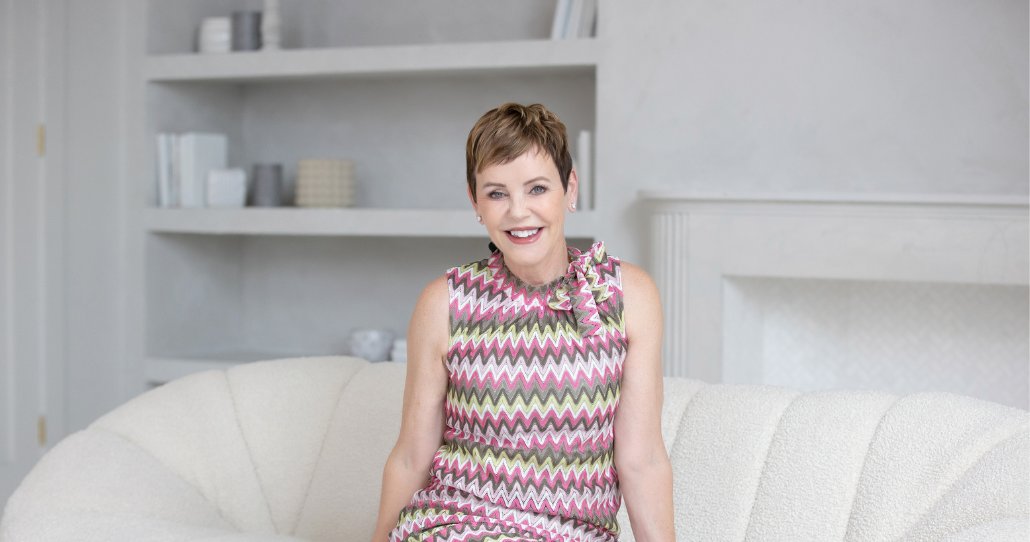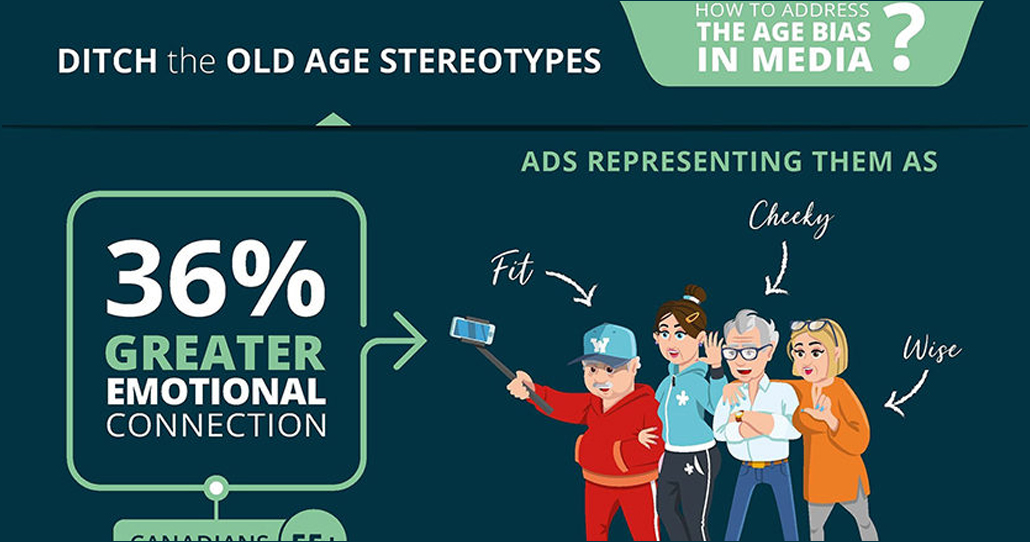Retirement Strategies
CHIP vs HELOC vs Downsizing: When to Know Which is Right for Your Clients
A recent research paper, released in the fall of 2023 by the Canadian Foundation for Financial Planning (CFFP), covered seven home equity release strategies for Canadians to consider to fund their retirement.
For many Canadians, their home equity may have replaced individual pension and personal investment assets as their most significant household asset. Options for an equity take out on their homes include a reverse mortgage, a home equity line of credit (HELOC), a second mortgage (non-HELOC), or refinancing. Another option for homeowners is to sell and downsize, sell and rent or lease back, or sell and move to a rental dwelling.
All are viable options; however, the challenge is that one size does not fit all.
And it isn’t always about the money. The CFFP research found that 59% of respondents indicated a strong emotional attachment to their home. While 42% agree they would like to stay in their current home during retirement, 44% do not think of their home as a way to fund retirement.
Let’s break down some of the features and benefits of the three most popular options.
The CHIP Reverse Mortgage by HomeEquity Bank may be appropriate for someone 55+ who wants to stay in their home and is prepared to keep up the home’s maintenance, insurance, and taxes. No monthly repayments are required as long as they remain in their home. The product is best suited for someone who wants to stay in their home while still benefitting from their home appreciation. They can borrow up to 55% of the equity in their home. (depending on homeowners age, location of property etc.)
A Home Equity Line of Credit [HELOC] is appropriate for someone who wants to stay in their home. The product has competitive rates, and homeowners can borrow up to 65% of the equity in their home. They must keep the house in good standing and make regular payments, so proof of income is required to facilitate this. This option is also suitable for someone who wants to stay in their home, age in place and where cashflow is not an issue.
Downsizing comes with emotional strings attached. Research conducted for HomeEquity Bank found that 93% of Canadians want to age in place. They will be required to fund this and relocate to a new home, which may or may not work. Costs can escalate, and while the footprint may be reduced, there is no guarantee the costs will be reduced.
These are challenging and emotional decisions that both clients and advisors are faced with. As Boomers age, there are fears of outliving their money, losing financial control, and declining health, which could limit independence. These are not new issues but are coming to the forefront as Boomers retire.
The financial reality of Canadians 55+ is concerning.• The average 65-year-old has an income shortfall of $20K annually• Limited pensions. Only 39% of Canadians aged 55-64 have a company pension• Many Canadians will outlive their money. The average Canadian has less than $200K saved• 43% of Canadians have their wealth tied up in home equity
There is comfort in knowing they aren’t alone, and there is comfort in having options.
The good news is that they have a choice that is right for them. Knowledge is power, and as a trusted advisor, you can help steer them in the right direction suited for them.
To learn more about the CHIP Reverse Mortgage and how it compares to other home equity release strategies please contact your HomeEquity Bank Business Development Associate (BDA) or Business Development Manager (BDM) on our BDM finder.
Pattie Lovett-ReidChief Financial CommentatorHomeEquity Bank




